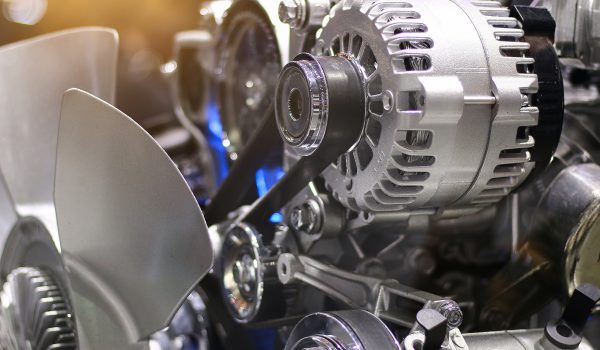In 2015, the world watched as two researchers wirelessly hacked into a Jeep Cherokee through its dashboard connectivity system and remotely controlled the car.1 Observers were shocked that these researchers “managed to gain control of not just features like the radio and air-conditioning, but the actual functions of the car: the engine, the brakes and the steering.”2 In fact, the researchers were able to turn off the engine of the Jeep as it drove.3
The National Highway Transportation Safety Administration (NHTSA) has long been concerned about the possibility of hacking but had never issued a recall for this threat until this year.4 After researchers were able to hack into the Jeep Cherokee successfully, NHTSA and Chrysler Fiat issued a recall that affected nearly 1.4 million vehicles.5 Another 7800 SUVs were recalled a little more than a month later so that they, too, could receive the necessary radio software upgrades to prevent future hacking.6
In addition, just this summer, Google began road testing its custom-built, self-driving car prototypes in Mountain View, California, and later in Austin, Texas.7 Google’s cars are designed to be fully self-driving and eventually may be manufactured without steering wheels and pedals.8 Although fully autonomous cars are still inaccessible to the general public, many companies— such as Mercedes, BMW, and Tesla—already have integrated or soon will introduce self-driving features into their vehicles.9 Thus, self-driving cars (“any car with features that allow it to accelerate, brake, and steer a car’s course with limited or no driver interaction”) are no longer a futuristic imagining.10 Fully autonomous cars (vehicles that “can drive from point A to point B and encounter the entire range of on-road scenarios without needing any interaction from the driver”) may not be far off either.11 They are expected to debut in 2019.12

